warm season grasses
warm season grasses
Do you have any thoughts on this post?
warm season grasses
Sportfishing groups pushing for Everglades restoration projects are on the edge of a breakthrough—here’s why captains, guides, and anglers are in Florida lawmaker offices this week, instead of on the water
Right now, representatives from TRCP, Bonefish & Tarpon Trust, and other conservation groups are in Tallahassee meeting with legislators from all parts of Florida to rally support for much-needed solutions for Everglades fisheries. Captains, fishing guides, and anglers have come together to remind lawmakers how important Florida’s waters and estuaries are to our small businesses and quality of life.
After years of effort from many partners in the Now or Neverglades coalition, Everglades restoration and a revamped system of water management could finally become a reality. In fact, the important question of water storage south of Lake Okeechobee will be decided in the Florida Legislature over the next eight to ten weeks—a major milestone was reached just yesterday, when the State Senate passed a bill that calls for the construction of a reservoir south of Lake Okeechobee to curb harmful discharges to the St. Lucie and Caloosahatchee rivers. Next, a companion bill will be considered by the House of Representatives.
The issue is as complex as the Everglades ecosystem, but there’s a reason our coalition’s name represents urgency—we need to expedite a fix for Florida’s water management practices to help save the state’s recreational saltwater fisheries, worth $7.6 billion annually. Here’s what you need to know and what you can do to help.
BTT launched the Fix Our Water initiative in 2016 to raise awareness and engage anglers and the fishing industry around efforts to reverse Florida’s ongoing water crisis. “Water defines our state, from the longest coastline in the contiguous U.S. to some of the country’s most unique freshwater systems,” says Jim McDuffie, president of BTT. “Ensuring clean, abundant, natural flows is the only way we can sustain balance in our ecosystems, ensure the health of our communities, and keep Florida among the top fishing destinations in the country.”
Although water mismanagement is causing problems throughout the state, the region suffering the greatest damage to its recreational fisheries is South Florida. Historically, freshwater from Lake Okeechobee flowed south through the Everglades via the River of Grass. This natural “sheet flow” ensured that Florida Bay received the optimum amount of freshwater, supporting healthy habitats and fisheries.
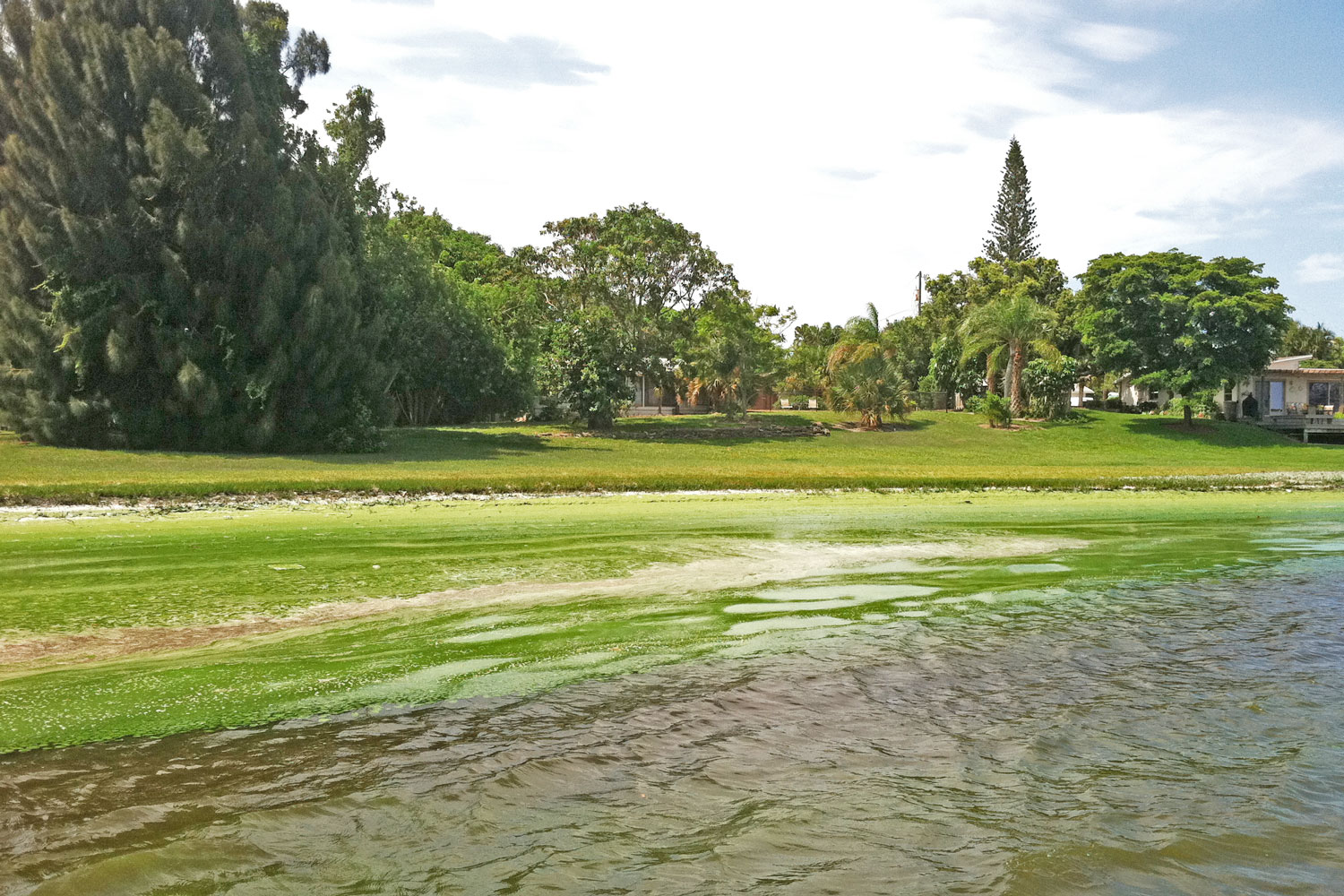
But, today, the Herbert Hoover Dike, which was constructed on Okeechobee to prevent flooding and allow for agricultural development in the region, impedes these southerly freshwater flows, choking the Everglades and making the waters of Florida Bay too salty. This salinity imbalance, combined with too many nutrients from runoff, has resulted in expansive algal blooms, large-scale seagrass die-offs, and numerous fish kills.
The water that should be flowing south from Okeechobee is instead diverted west and east into the Caloosahatchee River and the St. Lucie River and estuaries. The surge of excess freshwater lowers salinity levels, causing similar problems for water quality and plant life.
To make matters worse, the massive discharges of water that took place last summer destroyed millions of dollars’ worth of restoration work in the affected areas. Altered freshwater flows in other parts of the state decimated oyster reefs in the Apalachicola area and contributed to algae blooms and fish kills in the northern Indian River Lagoon. The juvenile snook in the mangrove creeks of Charlotte Harbor were also affected when abundance of the fish’s main food source crashed.
It doesn’t end there. Lake Okeechobee has become contaminated with nitrates and phosphorous leftover from decades of farming and development. The pollution has slowly ruined many of Florida’s prime fishing areas and reduced water quality, putting the public at risk. Earlier this year, warnings were posted for the St. Lucie Estuary due to high bacteria levels. A similar story played out in the Indian River Lagoon, where a brown tide killed a considerable amount of the lagoon’s remaining seagrass.
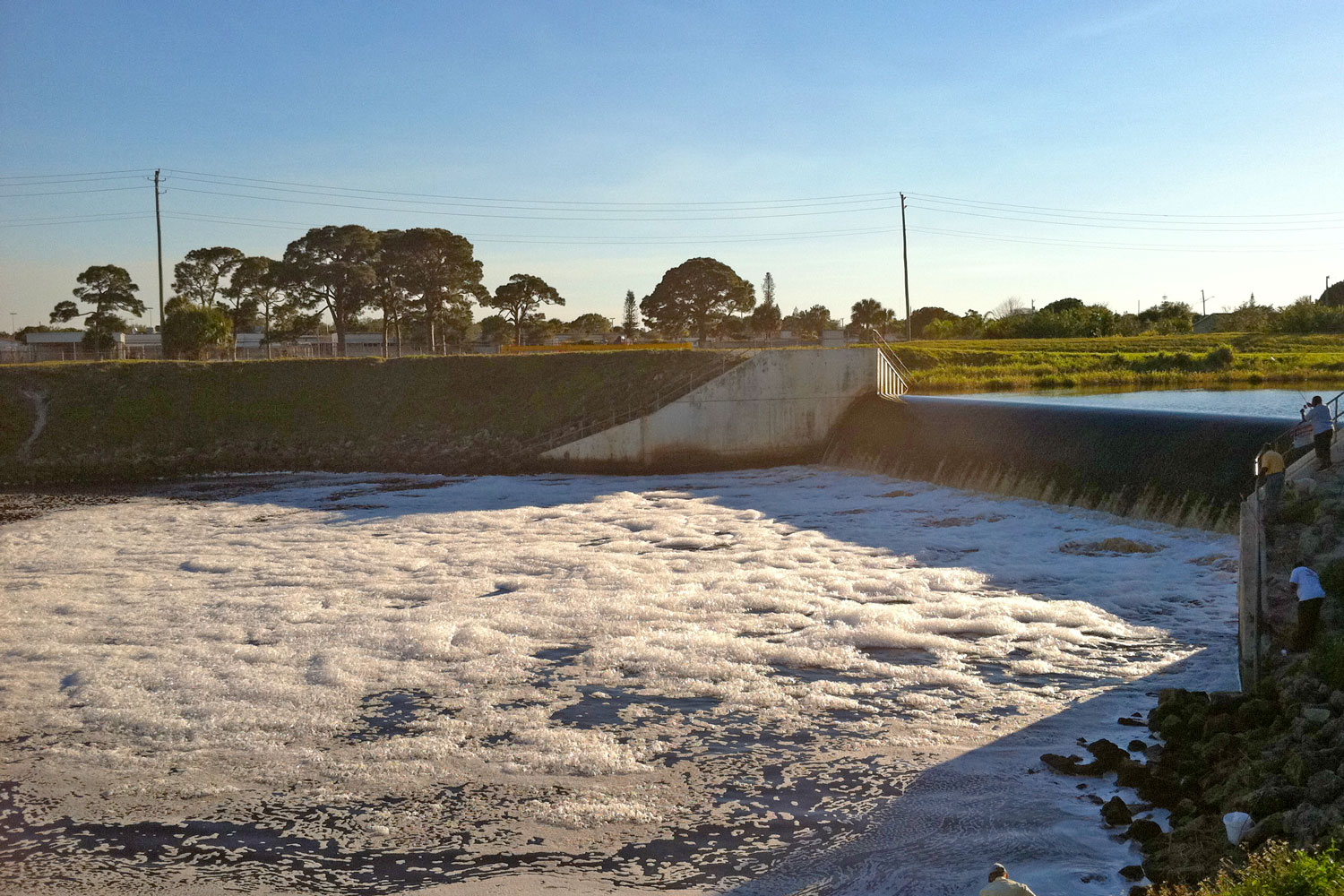
With so much riding on possible solutions, there’s no time to lose, says Dr. Aaron Adams, BTT’s director of science and conservation. “Anglers have to understand that unless we change the way water is managed in Florida, our fisheries could very well disappear.”
So what needs to happen? Natural freshwater flows must be restored immediately. Yesterday’s passage of S.B. 10, introduced by Florida Senators Joe Negron and Rob Bradley, is just one step toward providing 120 billion gallons of storage south of Lake Okeechobee. This would dramatically increase the flow of water to the Everglades, while simultaneously decreasing harmful discharges into the St. Lucie and Caloosahatchee estuaries by nearly 50 percent.
Support and authorization from the Florida Senate represents a significant breakthrough in efforts to restore the Everglades and save our fisheries. But now is not the time to let up; we must keep making our voices heard in order to bring about meaningful change. Ultimately, the fate of our fisheries—and our future days on the water in the sportfishing capital of the world—depends on how well we manage our water going forward.
“It’s pretty simple,” says Adams. “If we don’t fix our water soon, habitat will disappear and fish populations will follow.”
Here’s how you can support solutions for South Florida’s fisheries, even if you don’t live in the Sunshine State:
Learn more about BTT’s Fix Our Water initiative.
Nick Roberts is the membership and communications manager for the Bonefish & Tarpon Trust, one of TRCP’s 52 partner organizations and a leading voice for Everglades restoration.
The current federal law that governs conservation on private lands won’t expire for another year and a half, so why are we talking about rewriting the farm bill now?
Much of what we work on here at TRCP is based on the idea that there are shared spaces that all of us, as Americans and as sportsmen and women, have a right to enjoy.
But around 70 percent of the lower 48 states isn’t our land—it’s yours, or hers, or that other guy’s—as any hunter or angler east of the Mississippi can easily tell you. Even though you might not be able to hunt them, what happens on private lands has profound implications for the habitat and critters that make access to public lands worthwhile. Fish, wildlife, and clean water don’t know, or care, where private property ends and public lands begin.
All Americans can benefit if even a single landowner or agricultural producer maintains wildlife habitat or ensures that the water running off his or her land is as clean as possible. And farmers, ranchers, and foresters want to do the right thing—they are some of our nation’s most avid sportsmen, after all—but conservation can be prohibitively expensive.
This is where the farm bill comes in.
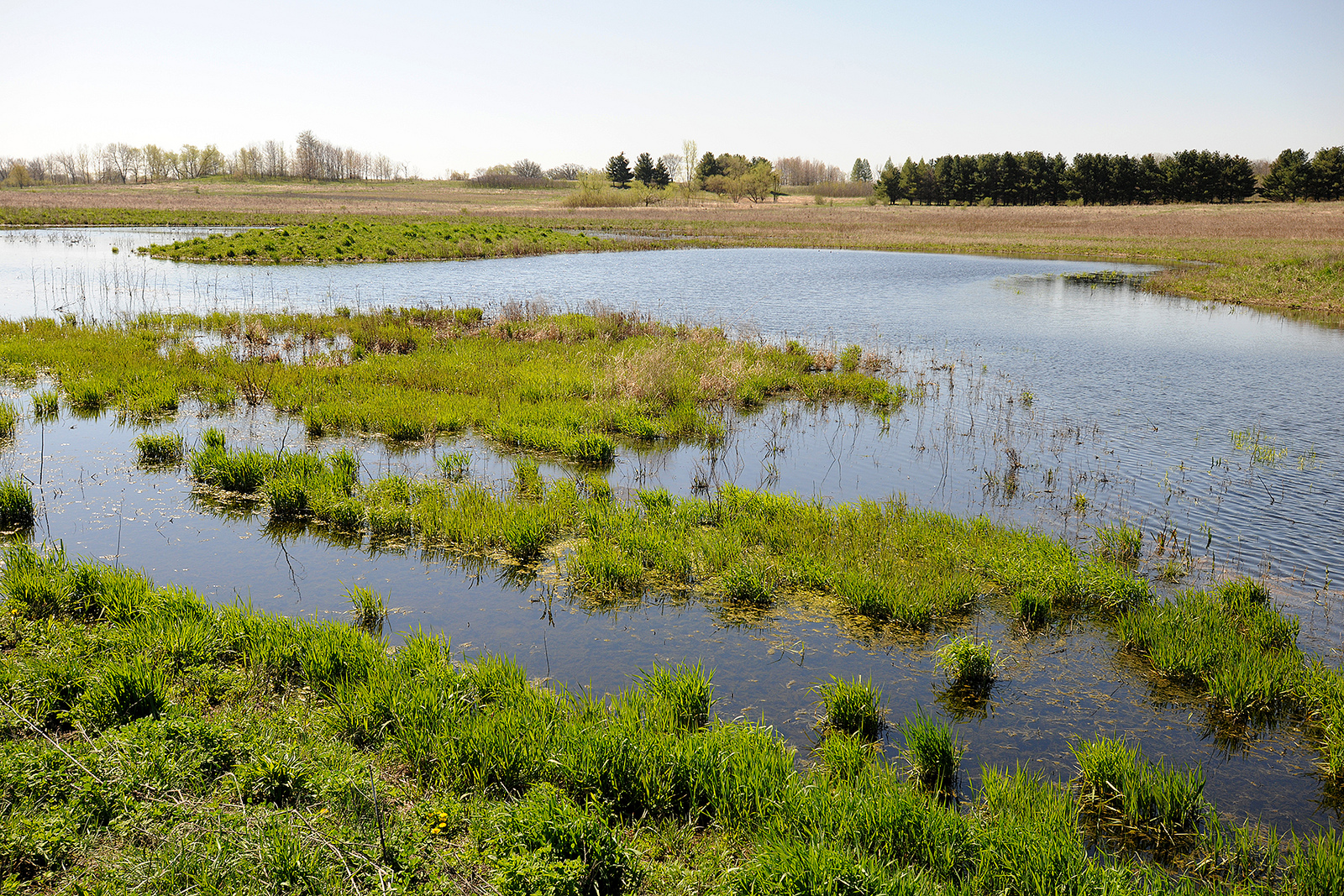
Roughly every five years, Congress is responsible for rewriting the massive legislative package known as the farm bill. The current farm bill, the Agricultural Act of 2014, was signed into law by President Obama on February 7, 2014, and will expire on September 30, 2018. It covers what you’d expect for on-farm impacts, like conservation and crop insurance, but it also deals with rural economic growth, nutrition programs (formerly known as “food stamps”), international trade, and more.
It’s a huge undertaking that requires legislators from all corners of the country to negotiate and compromise, and they have a powerful incentive to work together: If the farm bill expires, our country would revert to a permanent version of the law passed back in 1949, when, suffice it to say, U.S. economics and demographics looked very different. Not all farm bill programs would be impacted, but we don’t really want to find out what would happen to the programs that would.
Many sectors of the farm economy are struggling right now, and there’s an appetite in Congress to show that lawmakers are doing something to fix what’s ailing rural America. A farm bill could help, but legislators already have plenty to work on, including health care, tax reform, infrastructure spending, and confirming at least 549 political nominees for agency positions. We don’t have a crystal ball, but Congress will likely turn its full attention to the farm bill early next spring.
That doesn’t mean senators and representatives aren’t thinking now about what the farm bill will look like. In the early stages, they do this in the form of “marker bills.” Members of Congress introduce these, not to pass into law any time soon, but to potentially incorporate into the full farm bill when the time comes. For instance, just this week, Senator Thune (R-SD) introduced legislation to raise the acreage cap for the Conservation Reserve Program.
These marker bills will be based on thousands of conversations that will take place among and between lawmakers and stakeholders (including TRCP and our partners), in order to ensure that Congress passes a farm bill on time, and that the final legislation benefits the most people in the most places.
You can also expect President Trump and his Agriculture Secretary-in-waiting Sonny Perdue to play an outsized role in guiding the discussion. Even though it’s Congress’s job to write each farm bill, rural constituents who overwhelmingly voted for Trump have a lot to gain if the 2018 farm bill is successful, so it will likely be good politics for the Administration to get involved.
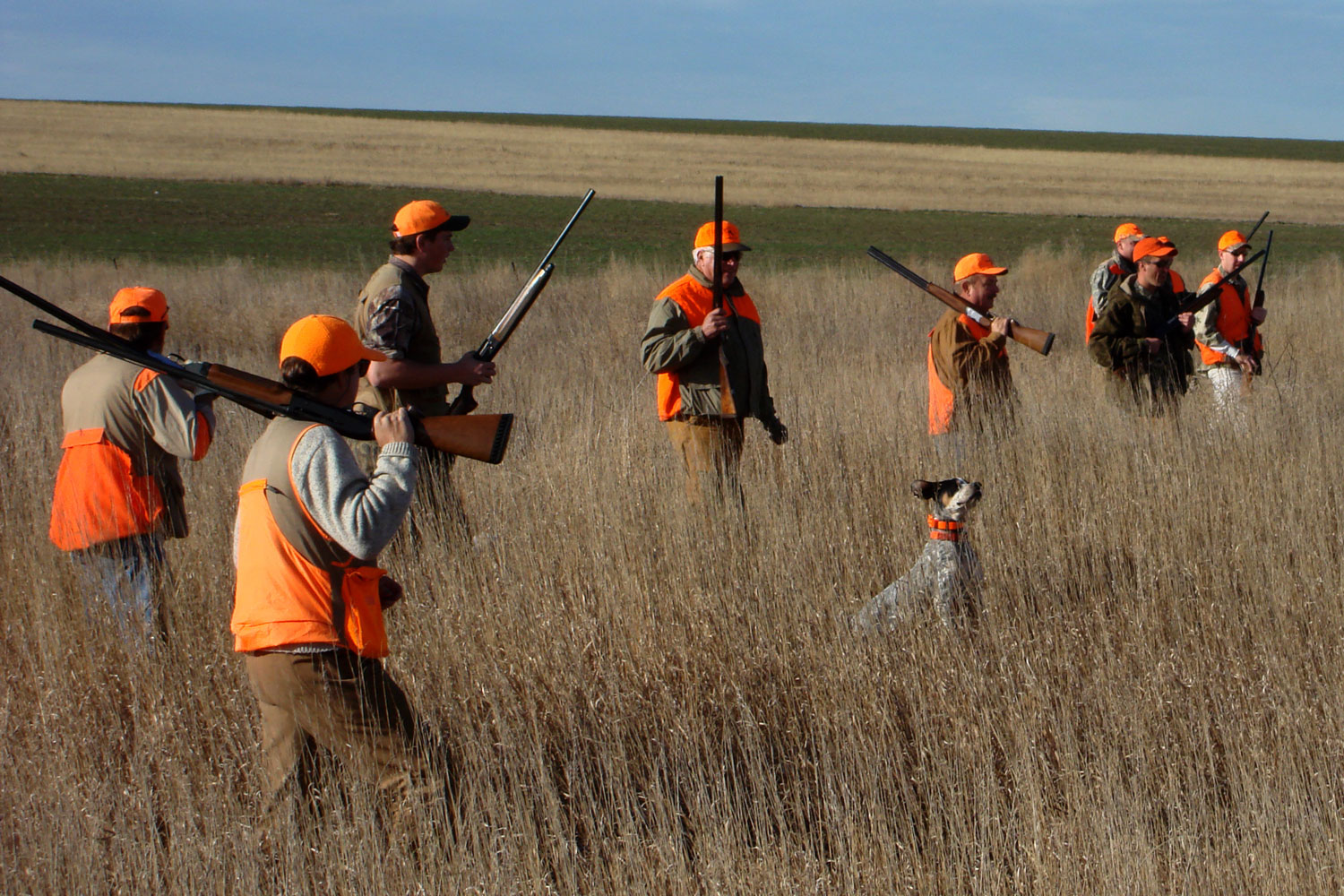
When it comes to the farm bill, the price of procrastination is steep.
For instance, the Natural Resources Conservation Service, just one agency within the U.S. Department of Agriculture that invests in conservation and clean water, spends somewhere around $4 billion each year in farm bill funds to conserve and restore wetlands, grasslands, and forests on private lands and to make farming friendlier to fish and wildlife. (To put that in perspective, for fiscal year 2017, the U.S. Fish and Wildlife Service requested only $3 billion for its entire budget—which includes things like implementing the Endangered Species Act and managing the National Wildlife Refuge System, the world’s largest network of lands dedicated to wildlife habitat.)
The sheer amount of money authorized by the farm bill, and the 70 percent of America’s acreage that could benefit from those dollars, means that it is among the most important drivers of conservation in this country. It also governs the only federal program that opens up hunting and fishing access on private lands, the Voluntary Public Access program.
By helping to cover conservation costs, the farm bill supports public goods on private lands, like healthy habitat and water. This means better days afield for sportsmen, on private and public lands and waterways, propping up an entire sector of the economy devoted to outdoor recreation. Hunting guides, tackle shops, mom-and-pop diners, and gear manufacturers all benefit when we take care of our private lands.
Because of the complexity and costs of getting this legislation done on time, the farm bill process is well underway. That’s why you see TRCP writing and posting about #farmbill all the time. We need to be ready to work with Congress to write a new farm bill, and we need you to be ready to advocate for what sportsmen, farmers, and fish and wildlife need from this critical legislation, too. (Here’s a preview of the things we’d like to see.)
To stay involved, follow us here on the blog and on Twitter, Facebook, and Instagram. We’ll continue to provide updates as the discussion evolves and guide you past the alphabet soup of conservation program acronyms (such as CRP, CSP, RCPP) to the real benefits for habitat and access. We’ll also share ways our partners are leading on the farm bill and help you to take action that is meaningful for conservation.
One small step you can take right now is to sign our petition at CRPworks.org—help us tell Congress that the farm bill’s Conservation Reserve Program, America’s greatest private lands conservation program, works for you. Sportsmen and critters everywhere will thank you for it.
A Saturday afternoon finds game species and all manner of public lands enthusiasts in a single spot in Idaho—it’s the outdoor recreation economy in action and it deserves lawmaker support
Vehicles filled the Bureau of Land Management parking lot at the North Menan Butte trailhead, forcing late-starting hikers to park on a quiet, eastern Idaho highway.
Dozens and dozens of people left their cars, strapped on daypacks, and made the short hike up the volcanic tuff cone, one of the largest in the world, to enjoy the view of the Snake River Plain and nearby towns of Idaho Falls, Rigby, and Rexburg. It’s a public lands treasure that is largely overshadowed by other popular public access points nearby, such as the South Fork of the Snake River and St. Anthony Sand Dunes, well-known destinations for anglers and off-road vehicle riders, respectively. But families, fitness fanatics, and photographers in need of a bit of nature this Saturday flocked to North Menan Butte because of its proximity to civilization and its well-marked trails.
Across the highway, dozens of trail riders unloaded their vehicles and set off on a network of public roads that stretch for miles into Idaho’s sagebrush desert. Families and friends slouched on bumpers, their entire bodies telling the story of the day’s ride.
Just to the south of the twin trailheads is Deer Parks Wildlife Management Area, a 2,550-acre wetland complex managed by the Idaho Department of Fish and Game and a key migration stopover for dozens of bird species. It’s also home to moose, turkeys, and the whitetail deer that local hunters hope to find on public lands this fall.
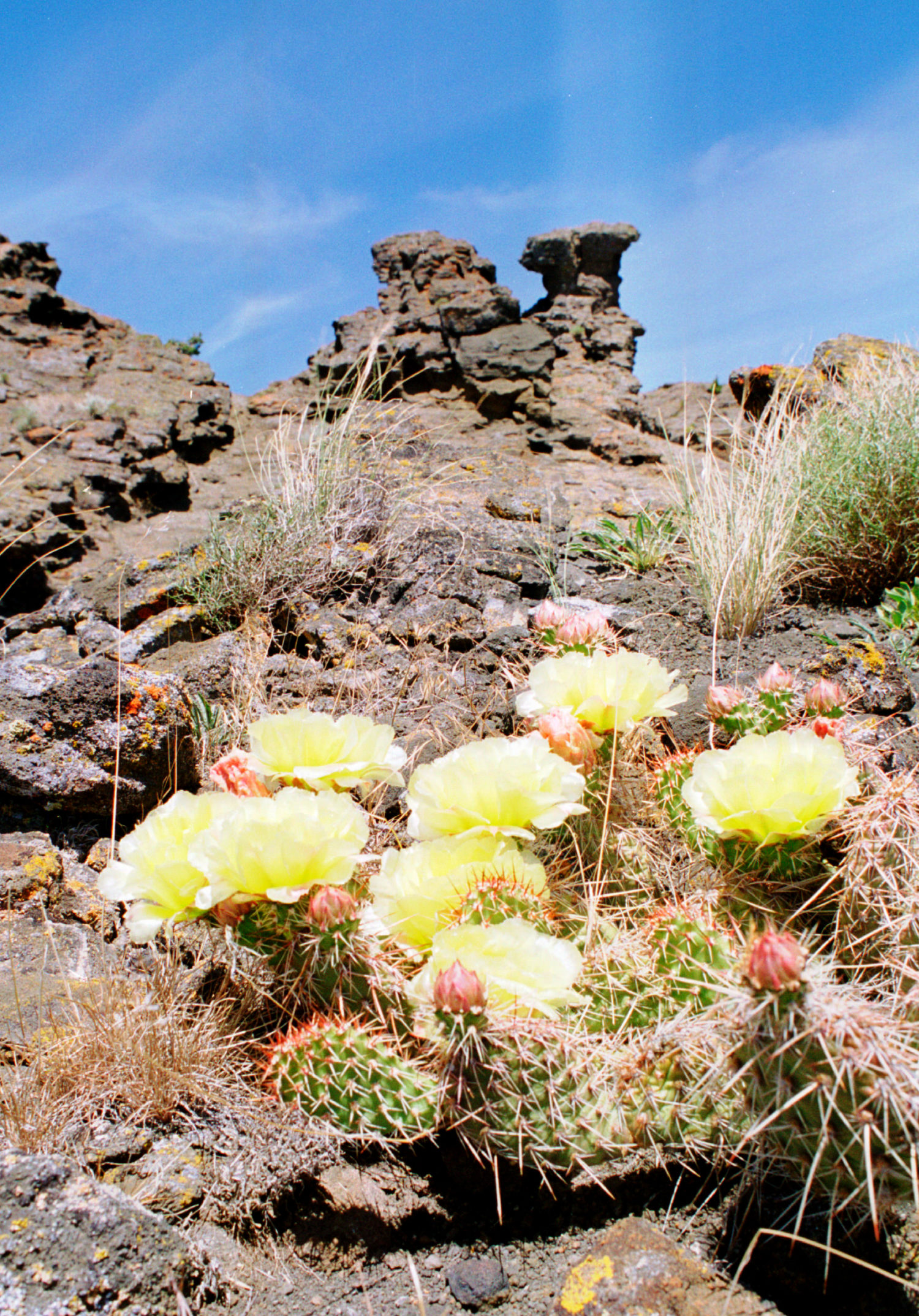
It is here, at this non-descript intersection in Idaho, that the importance of America’s public lands is perfectly exemplified. It is where we have the freedom to get outside and explore, no matter our outdoor pursuits. It showcases the balance of different user groups seeking different experiences, yet fueling a thriving, renewable economy. And it is where public ground is also set aside for wildlife, with benefits for migrating birds and resident critters alike.
The intersection’s anonymity, its quiet and even overlooked charm, is the heart of the story that must be told if we want to keep public lands in public hands.
A snapshot from this Saturday in Idaho shows the power of the $646 billion outdoor economy. Click To TweetA snapshot from this Saturday shows the power of the outdoor economy. The bikes, binoculars, and hiking gear are part of a self-sustaining economic engine that generates $646 billion annually. Its foundation is 640 million acres of public land nationwide.
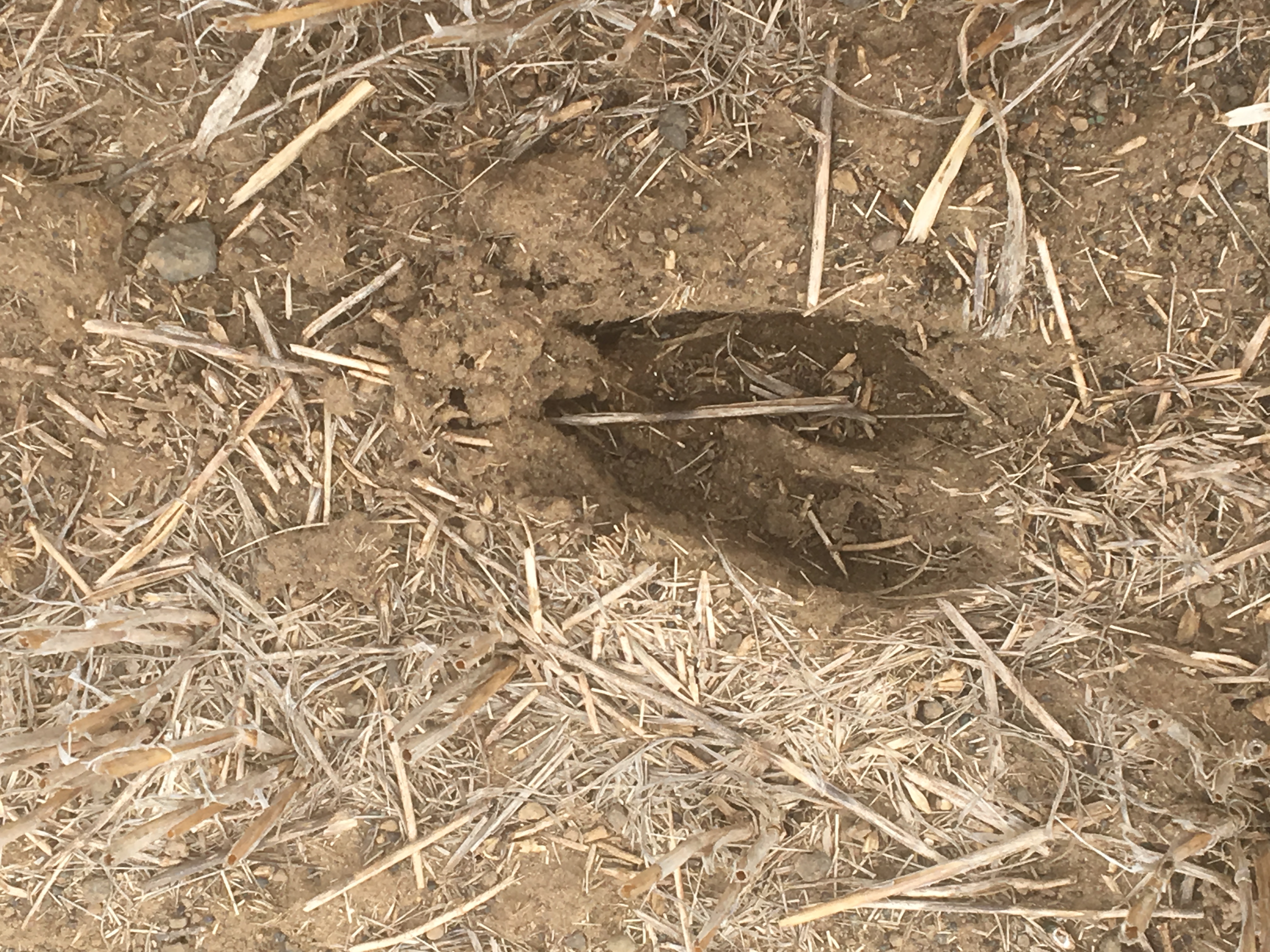
With the understanding that public lands help generate commerce in local communities, it is incumbent on all outdoor users to join together and trumpet the outdoors as a viable economic engine. Our voices—and our dollars—give us a political power that outdoor enthusiasts have rarely enjoyed.
Imagine the return on investment on public lands if we urged elected officials to actively fund more projects to benefit access and outdoor recreation. Imagine the benefits to habitat and all species if more money was spent to bolster their infrastructure.
For now, the intersection is quietly working. It welcomes hikers, bikers, birdwatchers, OHV riders, ducks, turkeys, a couple on horses, and family after family looking for a respite in nature.
To protect America’s public lands legacy for them, and for all the outdoorsmen and women parked on quiet country roads across the nation, go to sportsmensaccess.org.
Theodore Roosevelt Conservation Partnership brings on former consultant Kassen and Interior staffer Jensen to spearhead initiatives from the Colorado River Basin and D.C.
The Theodore Roosevelt Conservation Partnership has brought on two new hires to continue the organization’s work to improve freshwater habitat, drought resiliency, and fishing access. Melinda Kassen, who previously served as a consultant to the TRCP on water efforts, will serve as interim director of the center for water resources, and former Department of Interior staffer Kim Jensen will serve as water resources coordinator.
“We are thrilled to have Melinda and Kim join our team and redouble our efforts to safeguard clean water, fish habitat, and access for the next generation of hunters and anglers,” says Christy Plumer, TRCP’s chief conservation officer. “Melinda’s deep expertise in federal and state water law and Colorado River issues, and Kim’s background in campaign work and federal agency policies, will be critical assets as we underscore the importance of clean, abundant water as the backbone of a robust outdoor recreation economy.”
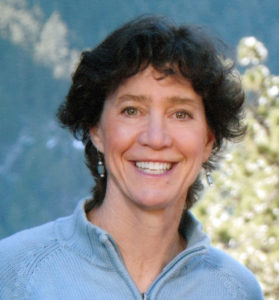 Kassen steps up as interim director of the water center after serving as a consultant to the TRCP. She will work from Boulder, Colorado, also the base of operations for her legal and policy consulting firm Waterjamin, which she founded in 2010. Previously, Kassen directed Trout Unlimited’s Western Water Project, working with landowners, communities, and government agencies to protect and improve stream flows in six Western states. She has also lectured at University of Denver’s College of Law and served as environmental counsel to the House Armed Services Committee. Kassen is an Ohio native, a graduate of Dartmouth College and Stanford Law School, and an avid outdoorswoman.
Kassen steps up as interim director of the water center after serving as a consultant to the TRCP. She will work from Boulder, Colorado, also the base of operations for her legal and policy consulting firm Waterjamin, which she founded in 2010. Previously, Kassen directed Trout Unlimited’s Western Water Project, working with landowners, communities, and government agencies to protect and improve stream flows in six Western states. She has also lectured at University of Denver’s College of Law and served as environmental counsel to the House Armed Services Committee. Kassen is an Ohio native, a graduate of Dartmouth College and Stanford Law School, and an avid outdoorswoman.
 Jensen will support Kassen in boosting the TRCP’s policy efforts at a critical time for water quality and fish habitat. Previously, she worked in the Secretary of the Interior’s office, where she contributed to outreach strategy about department and policy announcements. She coordinated with many stakeholders, including the White House, Governors’ offices, local and county elected officials, key staff across federal environmental agencies, and many of the TRCP’s 52 partner groups. Jensen also worked on the 2012 presidential campaign and spent three years at a political consulting firm, where she won awards for her ability to engage with and mobilize advocates and voters. She will work out of TRCP’s new headquarters in the National Press Building.
Jensen will support Kassen in boosting the TRCP’s policy efforts at a critical time for water quality and fish habitat. Previously, she worked in the Secretary of the Interior’s office, where she contributed to outreach strategy about department and policy announcements. She coordinated with many stakeholders, including the White House, Governors’ offices, local and county elected officials, key staff across federal environmental agencies, and many of the TRCP’s 52 partner groups. Jensen also worked on the 2012 presidential campaign and spent three years at a political consulting firm, where she won awards for her ability to engage with and mobilize advocates and voters. She will work out of TRCP’s new headquarters in the National Press Building.
First steps for the new water center staff will be continuing to engage Western hunters and anglers around policies to restore and enhance clean, flowing waterways in the Colorado River Basin, expanding the TRCP’s reach in southeastern U.S. watersheds, and defending bedrock conservation priorities during the Trump Administration review of the Clean Water Rule.
Theodore Roosevelt’s experiences hunting and fishing certainly fueled his passion for conservation, but it seems that a passion for coffee may have powered his mornings. In fact, Roosevelt’s son once said that his father’s coffee cup was “more in the nature of a bathtub.” TRCP has partnered with Afuera Coffee Co. to bring together his two loves: a strong morning brew and a dedication to conservation. With your purchase, you’ll not only enjoy waking up to the rich aroma of this bolder roast—you’ll be supporting the important work of preserving hunting and fishing opportunities for all.
Learn More
